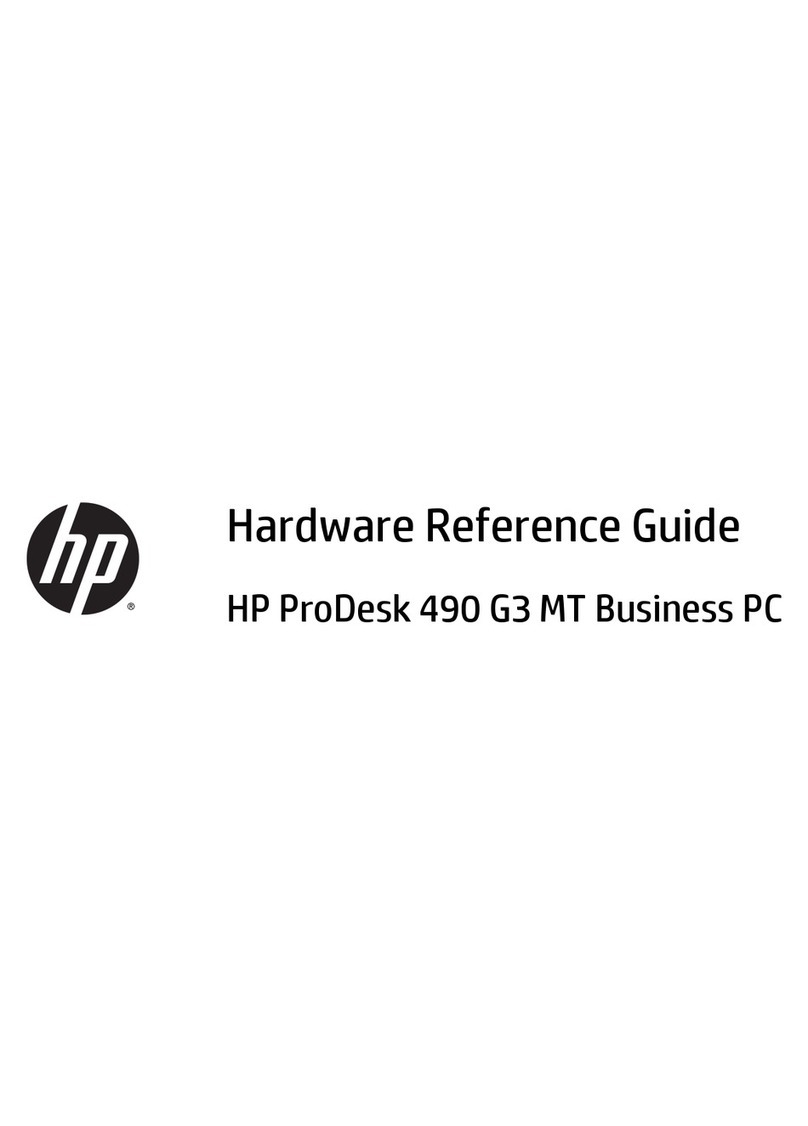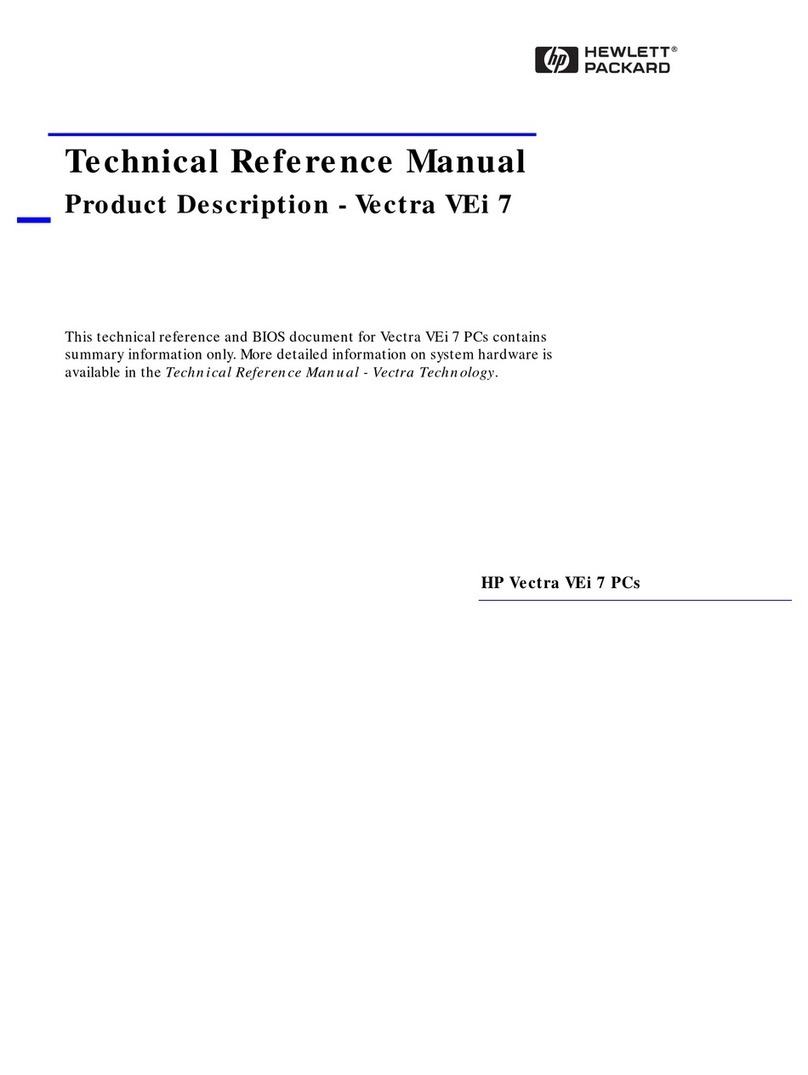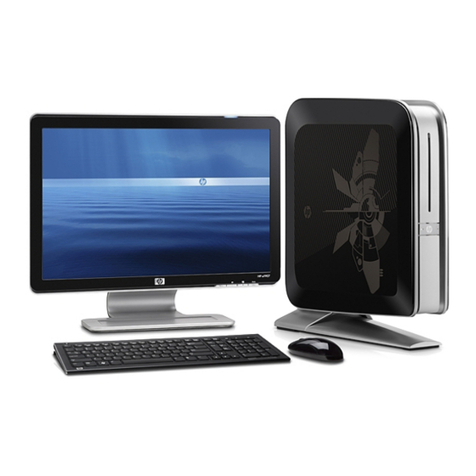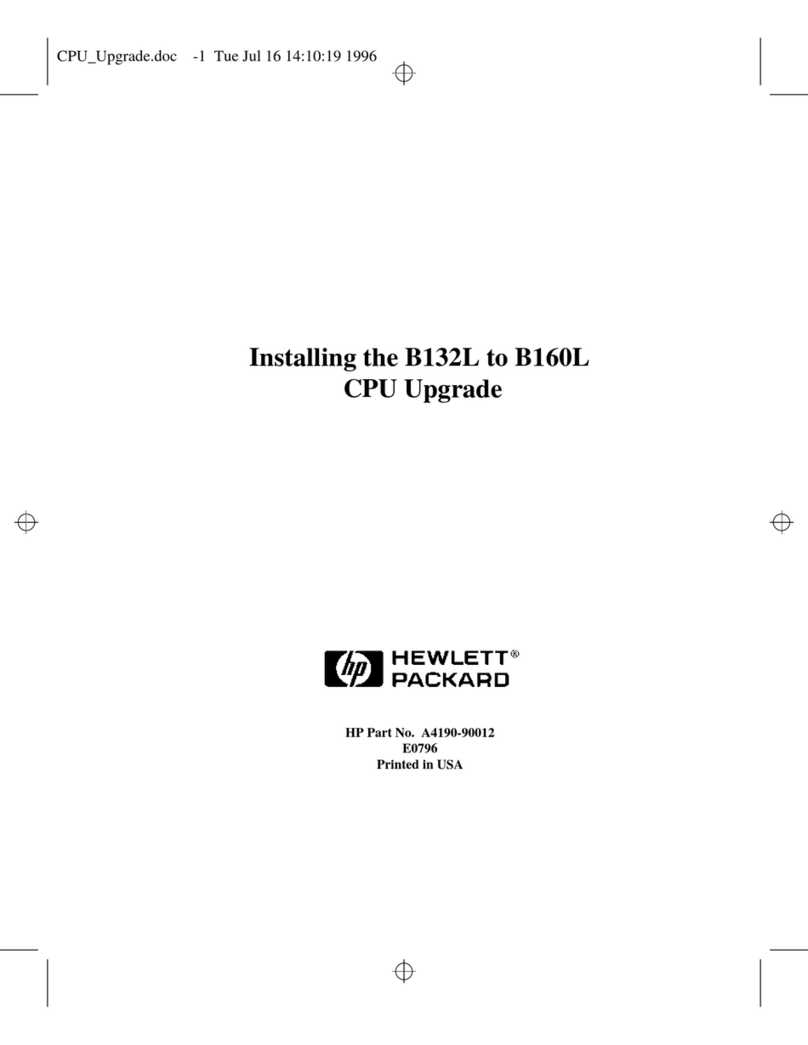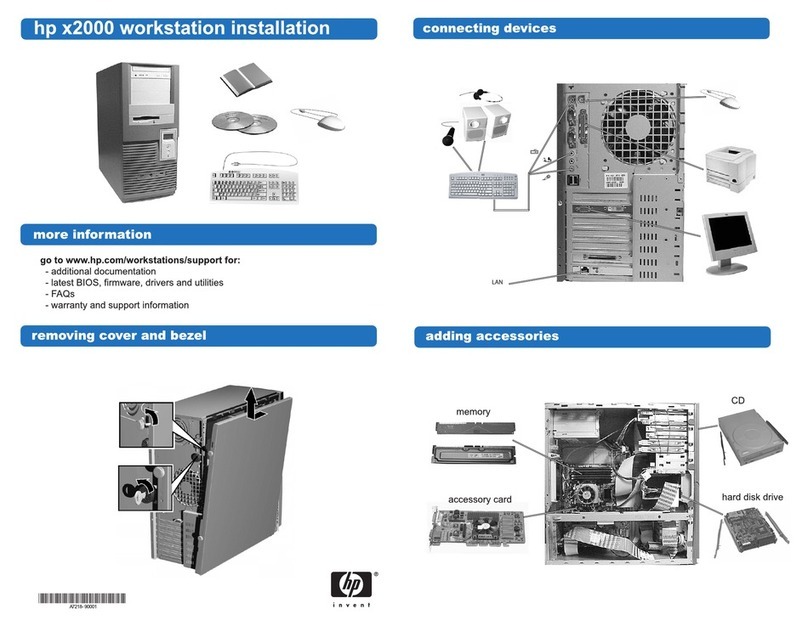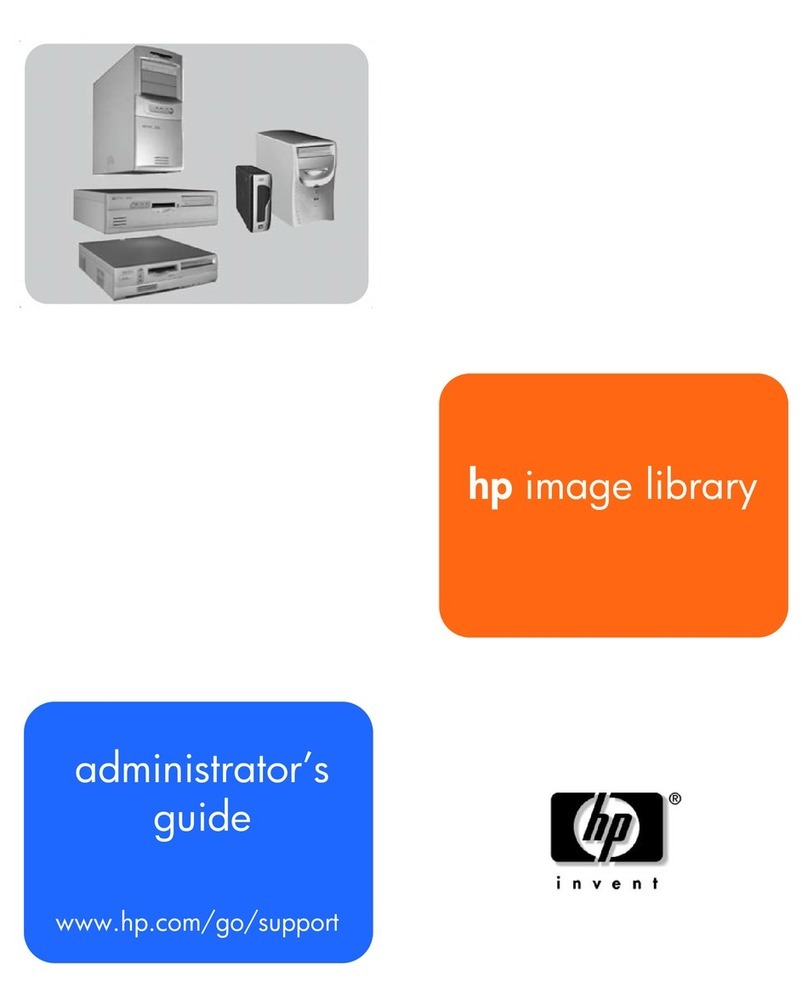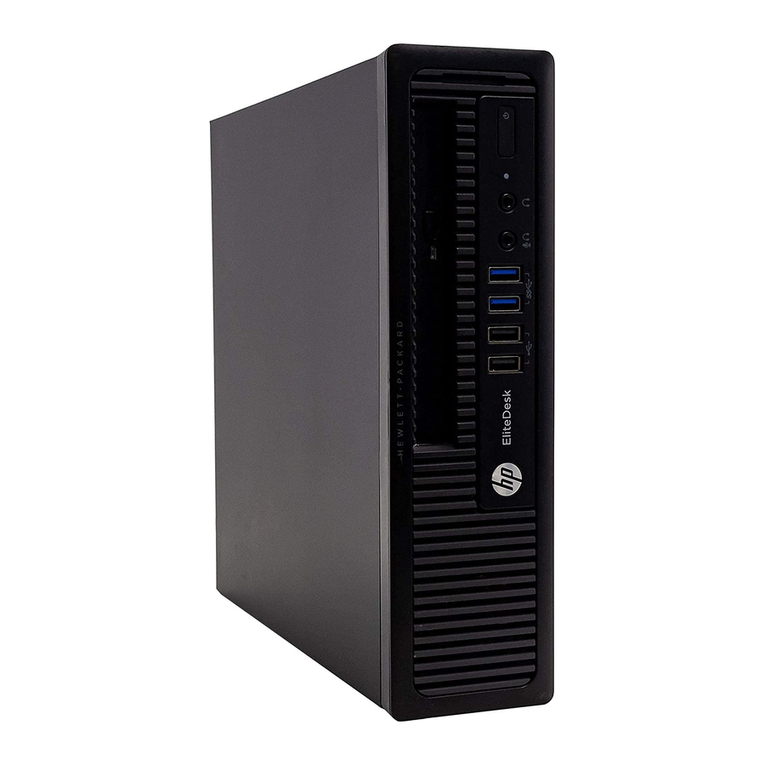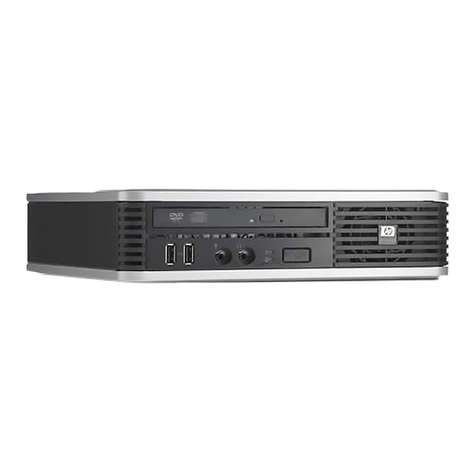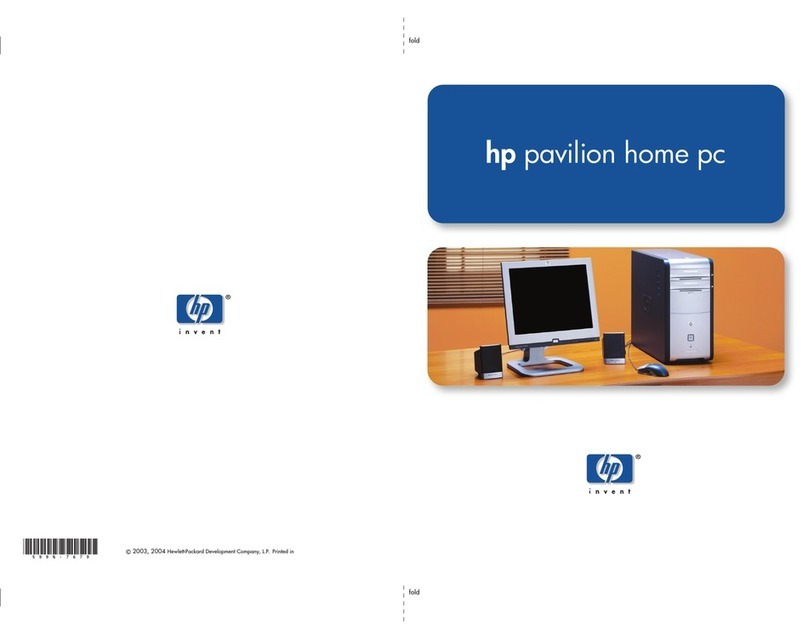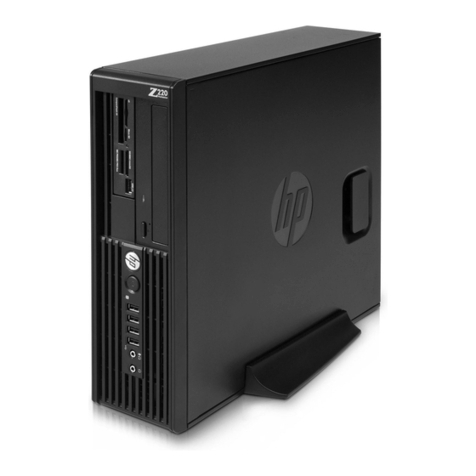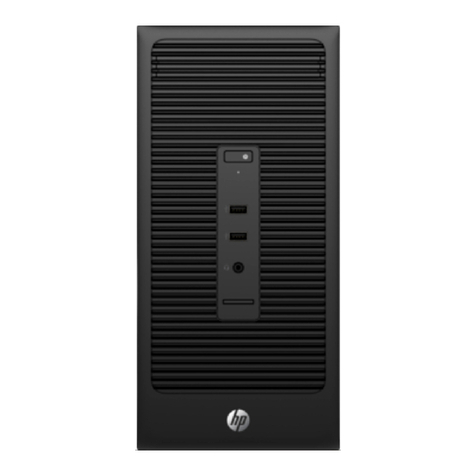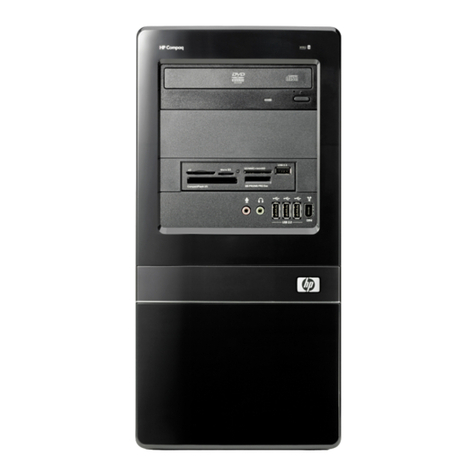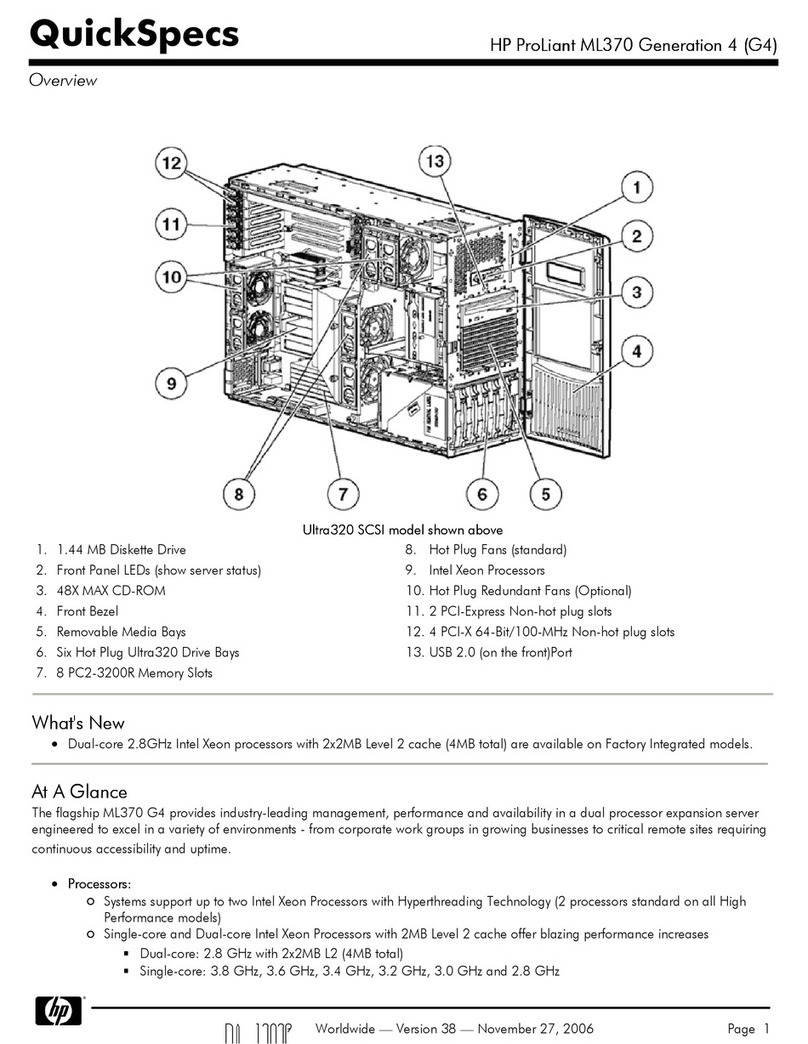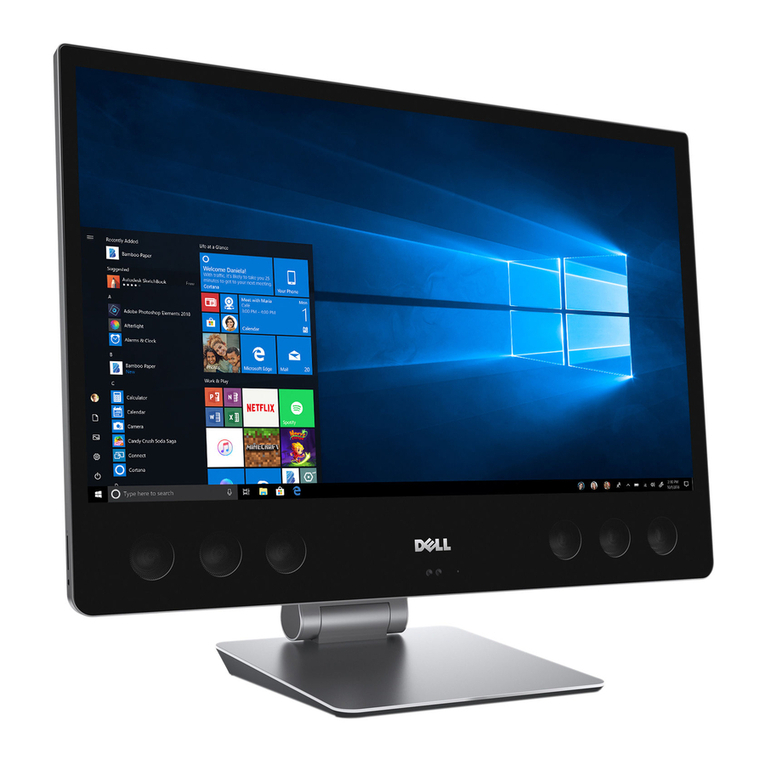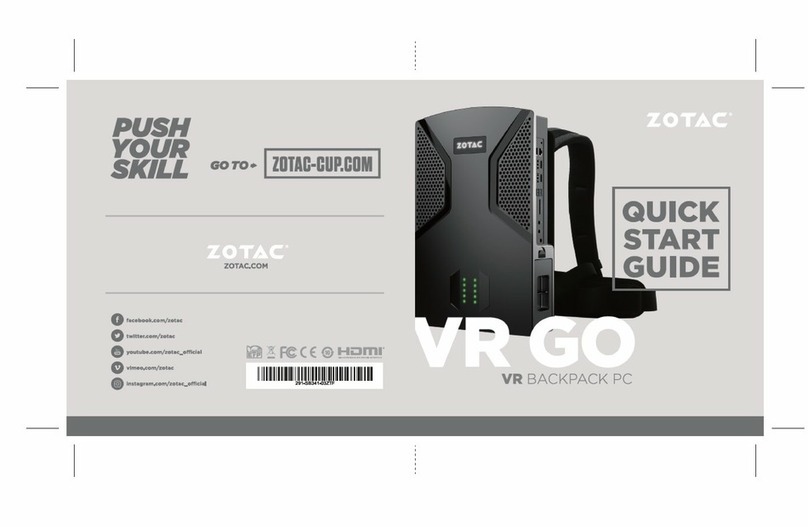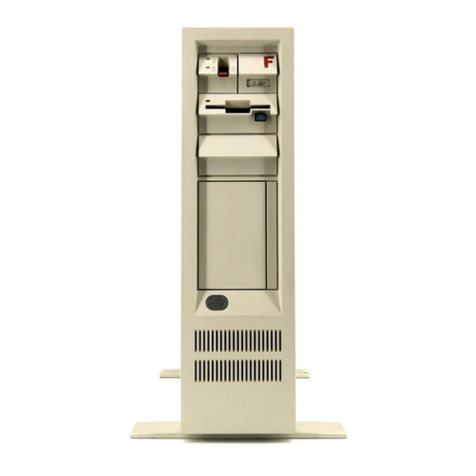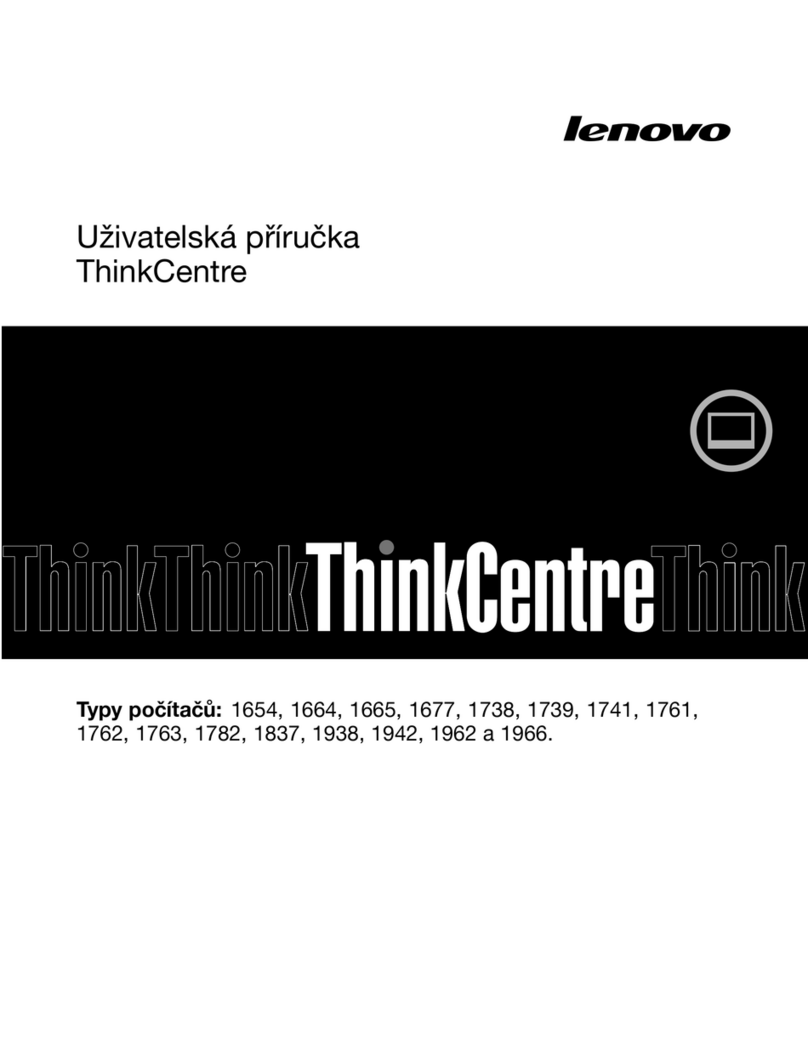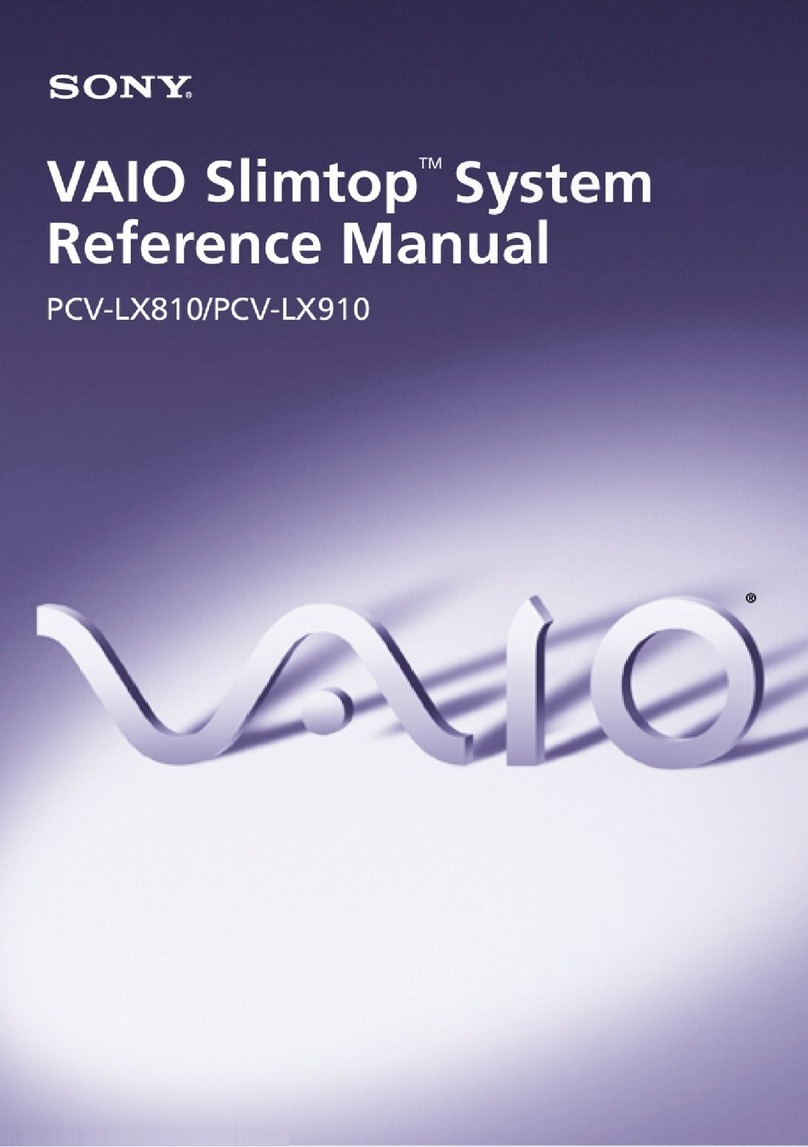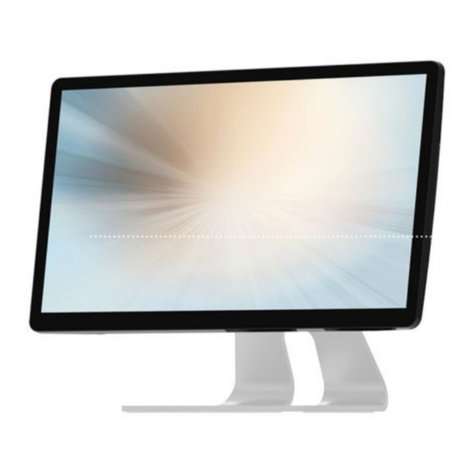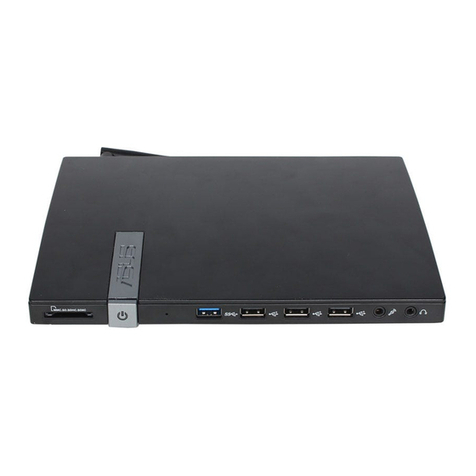
03/12/99 HP
BACKGROUND
HP set the standard for performance and functionality for the Microsoft Windows NT-based technical workstations
when it introduced systems with VISUALIZE-fx4 graphics for Windows NT in 1997. In 1998, HP raised the bar with
the VISUALIZE-fx6+, designed specifically for optimal performance in Intel/Microsoft based systems. Now, HP has
broadened the offerings with a family of products for NT with the VISUALIZE-fx4+ and soon the VISUALIZE-fx2+.
The HP VISUALIZE fx+ family of products take full advantage of the latest technology to accelerate applications that
use the OpenGL graphics API, achieving outstanding performance with an industry-leading feature set. It is a second-
generation product family, designed specifically to take advantage of the latest in processor and system design
technology.
The following sections focus is on the capabilities of the graphics, describing the unique features, strengths and
technical information on the performance differences between the ultimate performance of the VISUALIZE-fx6+ and
the lower cost VISUALIZE-fx4+ and VISUALIZE-fx2+, and how the differences can be expected to affect application
performance.
VISUALIZE-fx+ Graphics - Features
Let's refer to the family ranging from the VISUALIZE-fx6+ to the VISUALIZE-fx2+ as the fx+ series family, and
abbreviate its members as fx6+, fx4+, and fx2+. For compatibility and ease of application certification, the same
features are supported across the product line.
Key 3D Features:
AGP2X (133MHz) support, where AGP is the Advanced Graphics Port
AGP DMA (Direct Memory Access) support
OpenGL 1.1 compliance
-Hardware acceleration of Key OpenGL extensions
-Most OpenGL 1.2 features are supported as extensions
18MB SGRAM frame buffer memory:
- 24-bit true color, double buffered
- 24-bit Z-Buffer
- 8-bit overlay planes
- 4-bit stencil and 5-bit Windows ID
Optional Texture acceleration and dedicated texture memory
Full set of OpenGL features accelerated in hardware:
Hardware Accumulation Buffer (Requires driver version 1.12 or later) for advanced features:
-full-scene anti-aliasing
-motion blur
-multi-pass rendering algorithms
Anti-aliasing for vectors and points
Gouraud shading (smooth shading)
Alpha blending for transparency
Fog/depth cueing
Optional hardware texture acceleration:
Dedicated texture acceleration processors
Dedicated texture SDRAM memory
Point-sampled, bilinear, and trilinear MIP mapping
3D texture mapping
Shadow texture mapping
HP Color Recovery technology for double buffering at 1600x1200 resolution
Hardware acceleration of occlusion culling
Stereo vision support, with refresh rates up to 120 Hz (effectively, 60Hz each for the left and right eye)
Although the fx+ series was primarily designed for OpenGL features and performance, 2d performance and features
are important in the design. Gone are the days when to get 3D graphics performance, you needed to compromise the
graphics performance for word processors, spreadsheets, etc. The fx+ series also has hardware support for
Microsoft's DirectDraw interface, which is useful for accelerating viewing video clips for computer based training or as
part of web browsing.


